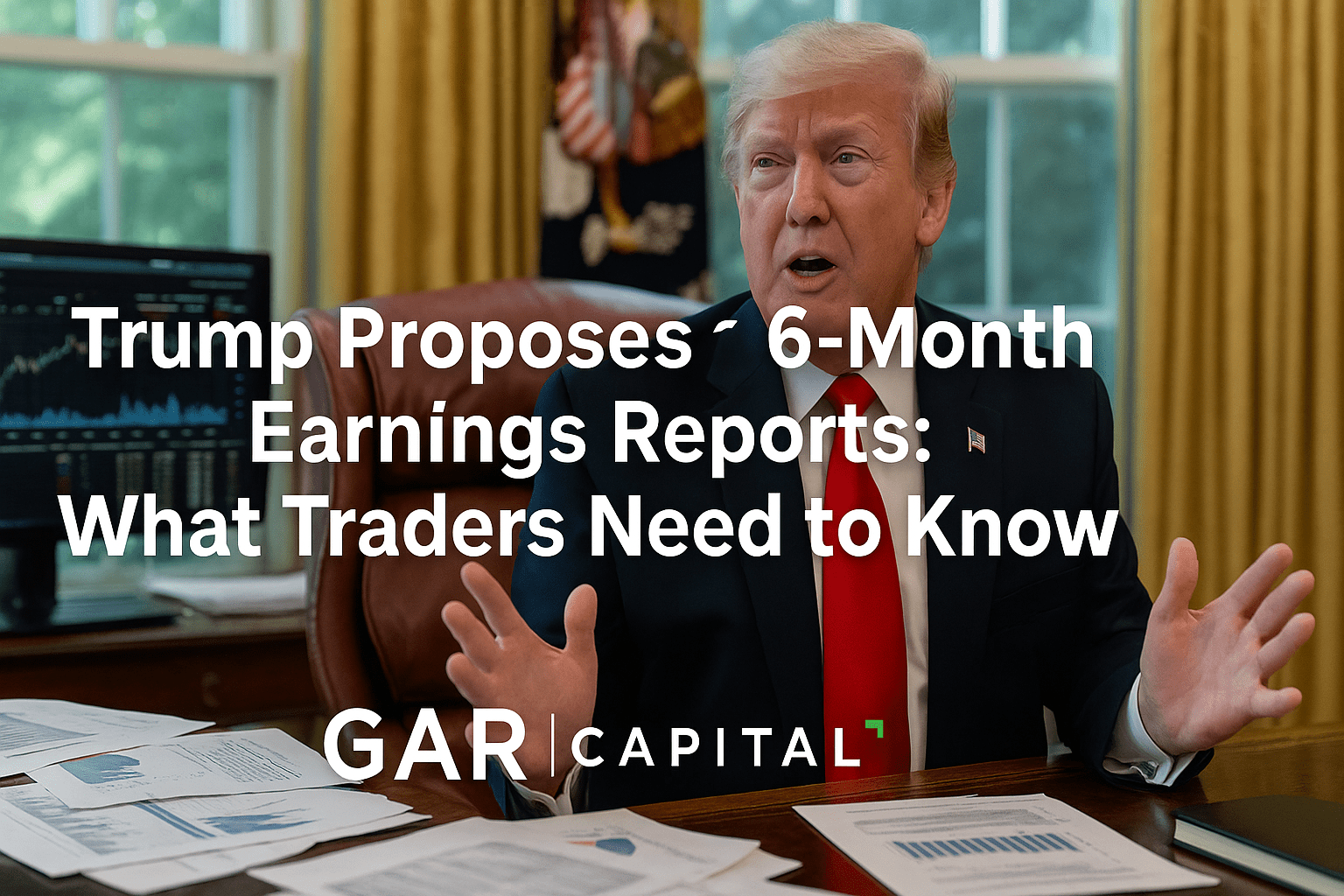Summary
Former President Donald Trump floated the idea of replacing quarterly earnings reports with six-month updates, sparking debate among traders and investors. Supporters argue it would cut compliance costs and reduce short-term pressures, while critics warn it could widen information gaps and limit trading catalysts. With SEC and Congressional approval required, any change would take years, but the discussion itself highlights tensions between transparency and corporate flexibility.
Market Movers
No market movers this week..
📚 Deep Dive 📚
📊 Trump Floats Idea of 6-Month Earnings Reports
What It Means for Traders and Markets
Former President Donald Trump made waves this week by suggesting that U.S. public companies replace quarterly earnings reports with semiannual (six-month) reporting. While it’s only a proposal—not policy—it’s a topic that could have big implications for investors, regulators, and market structure.
Why It Matters
Quarterly reporting has been the backbone of U.S. markets for decades, providing investors with a steady flow of information to gauge corporate performance. Moving to twice-yearly updates would reduce the cadence of financial data, giving companies more breathing room but leaving traders with fewer official check-ins.
Potential Market Impact
Less Transparency, More Volatility
Fewer scheduled earnings events mean wider information gaps. Rumors and alternative data (credit-card receipts, web-traffic trends, satellite imagery) would gain even more importance.Reduced “Earnings Season” Catalysts
Many short-term traders thrive on the four big bursts of earnings volatility each year. Cutting that in half could shrink opportunities for classic post-earnings trades and implied-volatility crush strategies.Lower Compliance Costs
Supporters argue it could free management from the 90-day treadmill, allowing more focus on long-term strategy rather than quarter-to-quarter guidance.
Winners & Losers
Winners
- Long-term investors who care more about multi-year trends than quarterly beats.
- Corporate management that wants to avoid short-term pressure and activist scrutiny.
Losers
- Active traders and options desks that capitalize on earnings-driven moves.
- Analysts who rely on quarterly data to update models and price targets.
Regulatory Reality Check
Changing the reporting cadence would require SEC rulemaking and Congressional input, a lengthy process that faces pushback from investor-rights groups. Even if the political appetite exists, implementation would take years.
Trader Takeaway
For now, this is a headline to watch—not a new rule. But if momentum builds, expect:
- Increased value on alternative data sources to fill the info gap.
- More emphasis on guidance and intra-quarter disclosures (conferences, 8-Ks, pre-announcements).
- Options traders adapting with longer-dated strategies (LEAPS, calendar spreads) to capture bigger, less frequent moves.
Bottom Line
Whether or not the idea gains traction, the conversation highlights the ongoing tension between market transparency and corporate flexibility. Traders should stay alert—policy talk alone can move sentiment, and if this proposal ever moves closer to reality, it could reshape how we trade earnings in the U.S.


